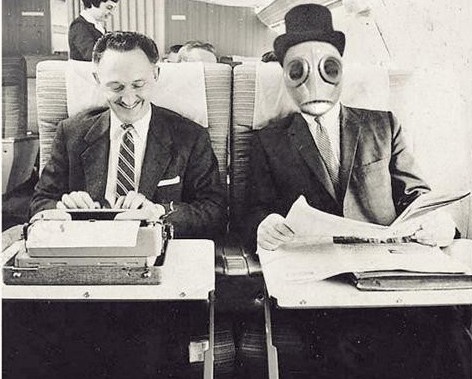If robots are introduced into cockpits as a means of coping with a shortage of human pilots and there’s a spike in accidents, that’s clearly unacceptable. If computers fully taking over plane controls enables a reduction in accidents, that would seem to be equally a slam-dunk decision. But not everyone agrees.
Some see the potential transition from human to automated pilot as a threat to us, a “skill fade” that will fundamentally alter who we are. I don’t subscribe to that line of thinking, as people have only flown crafts through the air for little over a century, a mere blink in the history of Homo sapiens. As we once mostly were farmers and now few can handle a hoe let alone a plow, we need to continually reinvent why we’re here and who we are. That’s even truer with aviation than agriculture since relatively few of us know how to fly. I don’t believe pilot-less planes a terrible blow to us.
But since domestic carriers in America crash so seldom now, it’s not easy to develop a better safety record. So, apart from saving a few pilot salaries and the trouble of training them, what would be gained by wholly automated flights? I suppose the bonus would lie in the disruption of Big Air, an explosion (hopefully not literally) of smaller crafts, maybe some much smaller, that are able to thin out long lines at the gate and present an alternative to the often-challenging financials of airline companies.
Time will tell how commercial aviation develops, but I’d be stunned if we don’t see, at the minimum, automated cargo planes in our lifetimes.
From Joan Lowy of the Associated Press:
MANASSAS, Va. (AP) — Think of it as the airborne cousin to the self-driving car: a robot in the cockpit to help human pilots fly passengers and cargo — and eventually even replace them.
The government and industry are collaborating on a program that seeks to replace the second human pilot in two-person flight crews with a robot co-pilot that never tires, gets bored, feels stressed out or gets distracted.
The program is funded by the Defense Advanced Research Projects Agency, the Pentagon’s arm for development of emerging technologies, and run by Aurora Flight Sciences, a private contractor. With both the military and airlines struggling with shortages of trained pilots, officials say they see an advantage to reducing the number of pilots required to fly large aircraft while at the same time increasing safety and efficiency by having a robot pick up the mundane tasks of flying.
The idea is to have the robot free the human pilot, especially in emergencies and demanding situations, to think strategically.
“It’s really about a spectrum of increasing autonomy and how humans and robots work together so that each can be doing the thing that it’s best at,” said John Langford, Aurora’s chairman and CEO.
Langford even envisions a day when a single pilot on the ground will control multiple airliners in the skies, and people will go about their daily travels in self-flying planes.•
Tags: Joan Lowy, John Langford

